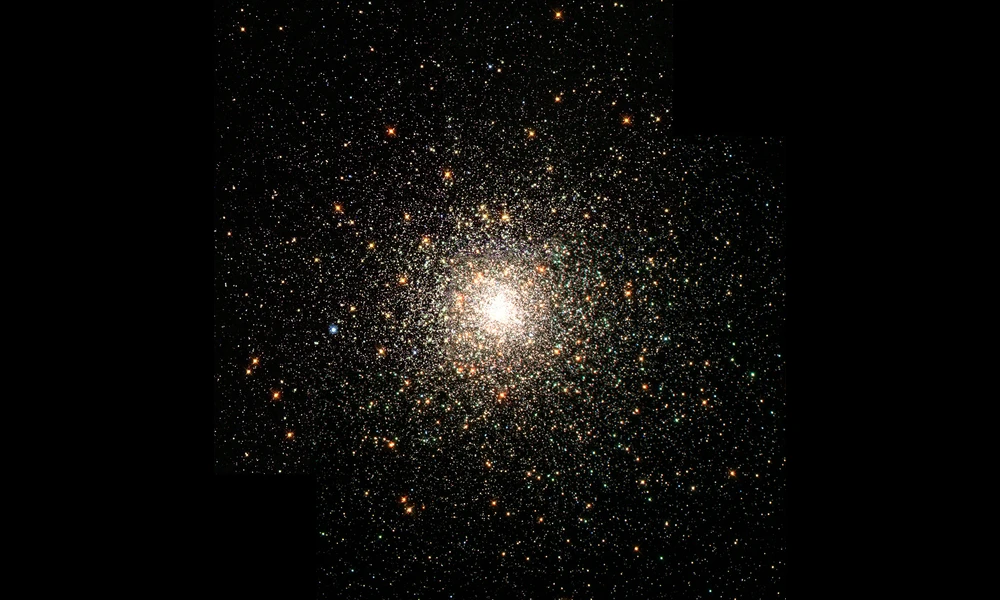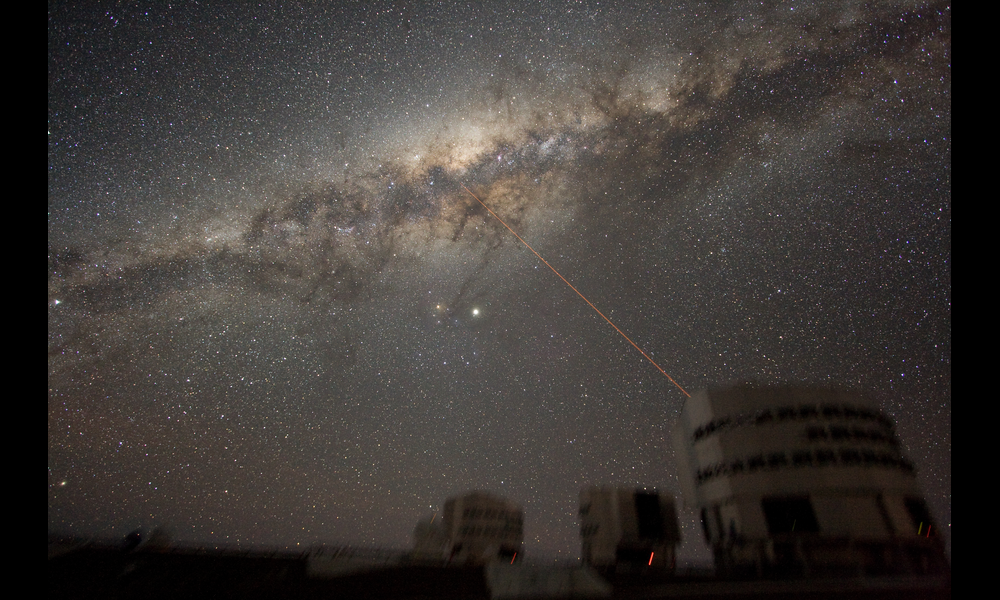Could Lack of Helium Explain Metal-Poor Galaxies?
Published on Fri Mar 15 2024 A Swarm of Ancient Stars | NASA on The Commons on Flickr
A Swarm of Ancient Stars | NASA on The Commons on FlickrA recent preprint study by researchers in the USA and Japan works to explain the formation of extremely metal-poor galaxies (EMPGs) and the first galaxies to emerge after the Big Bang. Leveraging sophisticated simulations and models, this team's research suggests that the early universe's chemical makeup played a crucial role in shaping these nascent galaxies. Their findings, ripe with implications for both cosmology and astrophysics, underscore the intricate dance between helium and metallicity and how it informs our comprehension of the universe's chemical evolution right from its nascent breaths.
At the core of this study is the intrigue surrounding helium (He) abundance relative to hydrogen (H), an essential metric for understanding the primordial elements produced by the Big Bang. The researchers meticulously analyzed how helium's abundance, when juxtaposed with metallicity — a term astronomers use to describe the abundance of elements heavier than hydrogen and helium — provides pivotal insights into the earliest stages of stellar evolution. Utilizing a one-zone model alongside cosmological hydrodynamic simulations, the team has managed to reproduce several key observations of EMPGs, including specific iron-to-oxygen (Fe/O) ratios that characterize these ancient celestial bodies.
Highlighting the significance of their approach, the study reveals discrepancies between observed helium-to-hydrogen ratios in these early galaxies and what previous models have predicted. Where conventional wisdom fell short, the team managed to tweak their simulations to better align with observational data, particularly through employing different stellar yield models which account for the nuances of nuclear fusion within stars. This adjustment provides a more accurate portrayal of the complex processes that govern galaxy formation and evolution in the early universe.
One of the study's revelations pertains to the relationship between helium abundance and metallicity in galaxies akin to GN-z11, a high-redshift galaxy that represents what the very first galaxies might have looked like. Here, the puzzle of balancing star formation rates, metallicity, and helium abundance becomes crucial in understanding how these ancient galaxies formed and evolved. For instance, the team's findings suggest that galaxies exhibiting similar star formation histories should be the focus when attempting to pin down the primordial helium abundance — a task that has eluded astrophysicists thus far due to the complex interplay of galactic processes.
This research not only sheds light on the chemical enrichment history of the early universe's galaxies but also emphasizes the need for further high-resolution observational data and advanced simulations. As the authors rightly point out, understanding these processes in finer detail calls for a concerted effort in observing low-metallicity galaxies with tools like the James Webb Space Telescope (JWST), alongside developing even more nuanced simulation models.
By revealing the subtle yet profound influences that drive chemical enrichment in the universe's nascent galaxies, the team has opened new avenues for exploration. Their work stands as a testament to the enduring quest to unravel the mysteries of cosmic dawn, offering valuable insights that inch us closer to understanding the origins and evolution of our universe.



